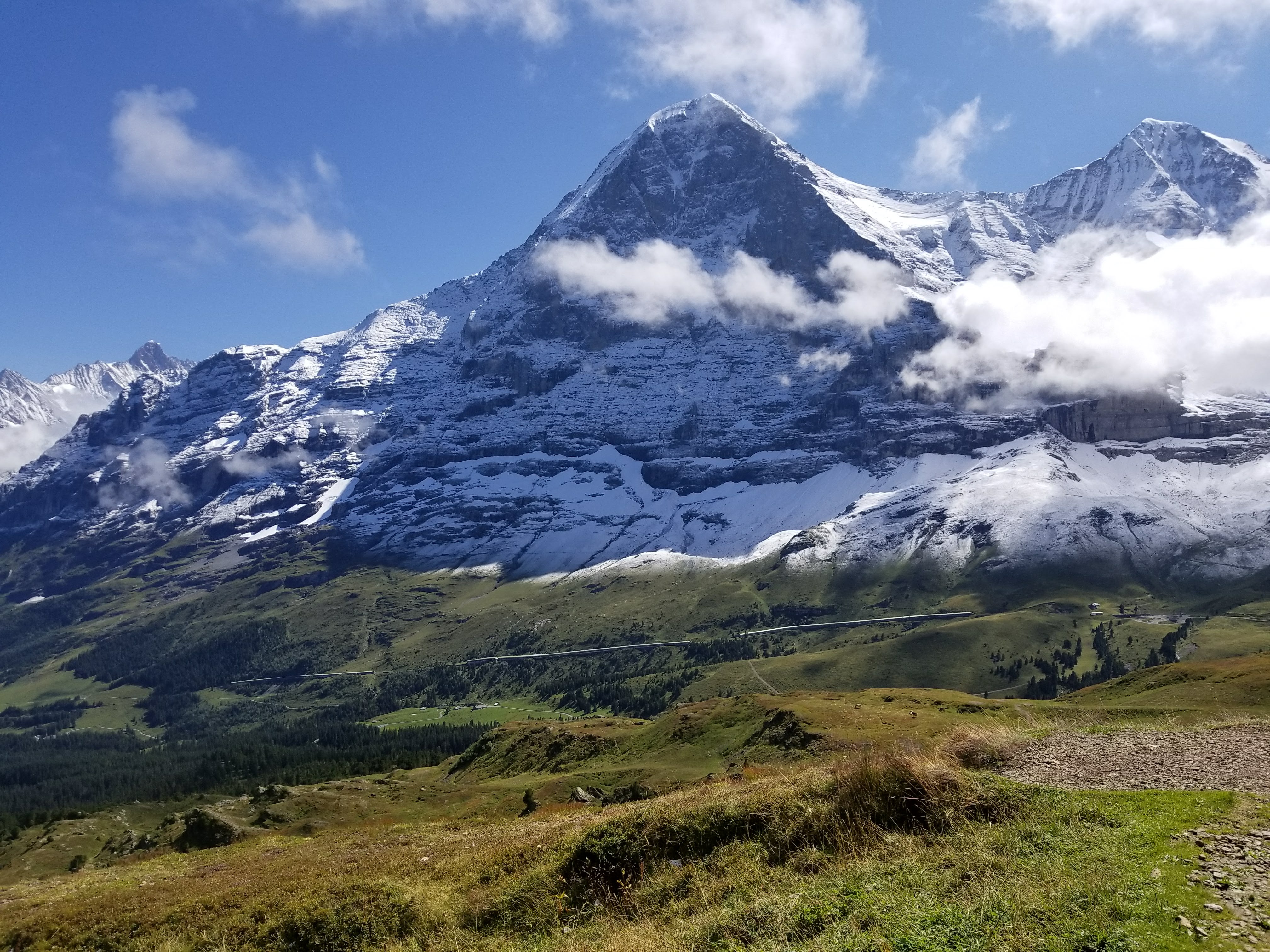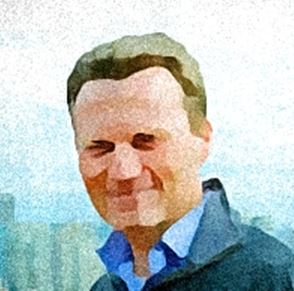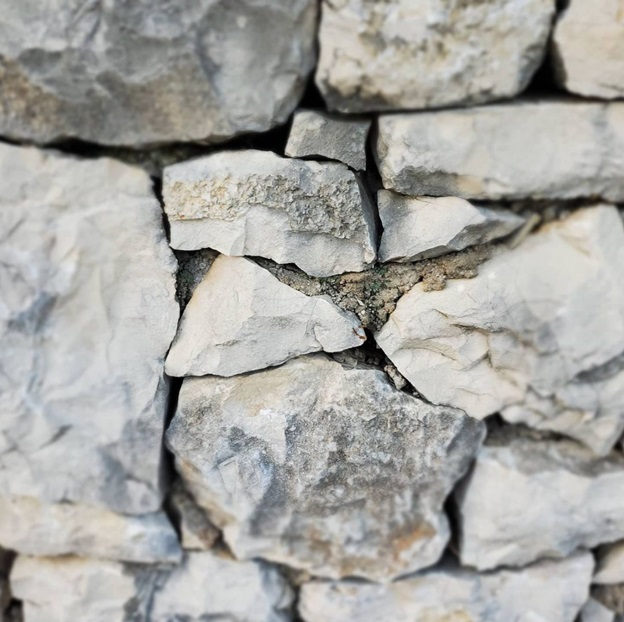Deploy app: https://docs.microsoft.com/en-us/dotnet/core/deploying/
Create docker container with python: https://medium.com/@abdul.the.coder/how-to-deploy-a-containerised-python-web-application-with-docker-flask-and-uwsgi-8862a08bd5df
Demo with spacy: https://www.geeksforgeeks.org/python-named-entity-recognition-ner-using-spacy/
Classify categorieson Google Cloud
- https://cloud.google.com/natural-language/docs/classify-text-tutorial
- https://github.com/GoogleCloudPlatform/dotnet-docs-samples/tree/master/language/api/Analyze
Looking at layout LM
Installing detectron (from facebookresearch)
Installation:
- https://detectron2.readthedocs.io/tutorials/install.html
- python -m pip install ‘git+https://github.com/facebookresearch/detectron2.git’
Detectron FB collab https://colab.research.google.com/drive/16jcaJoc6bCFAQ96jDe2HwtXj7BMD_-m5#scrollTo=ZyAvNCJMmvFF
Install layourparser
https://github.com/Layout-Parser/layout-parser
Deep layoutparser example
https://github.com/Layout-Parser/layout-parser/blob/master/examples/Deep%20Layout%20Parsing.ipynb
Largely unsuccessful (though I did get it to run on Google colab)
Deploying sentence embedding to the cloud
https://docs.microsoft.com/en-us/azure/developer/python/tutorial-deploy-app-service-on-linux-01
Use visual fingerprinting to identify which regions are changing
https://realpython.com/fingerprinting-images-for-near-duplicate-detection/ https://github.com/JohannesBuchner/imagehash https://pypi.org/project/ImageHash/
(using motion estimation to find the difference between frames) There are two mainstream techniques of motion estimation: pel-recursive algorithm (PRA) and block-matching algorithm (BMA). PRAs are iterative refining of motion estimation for individual pels by gradient methods. BMAs assume that all the pels within a block has the same motion activity. BMAs estimate motion on the basis of rectangular blocks and produce one motion vector for each block. PRAs involve more computational complexity and less regularity, so they are difficult to realize in hardware. In general, BMAs are more suitable for a simple hardware realization because of their regularity and simplicity.
https://github.com/Breakthrough/DVR-Scan

https://www.microsoft.com/en-us/research/blog/vinvl-advancing-the-state-of-the-art-for-vision-language-models/
transparent window
Create a new winforms app: https://stackoverflow.com/questions/56530534/how-can-i-create-a-windows-forms-project-using-net-core
Create winforms in dotnet core
https://executecommands.com/dotnet-core-winforms-application/
Creating tasks
https://docs.microsoft.com/en-us/graph/api/todotasklist-post-tasks?view=graph-rest-1.0&tabs=http
New way of streaming video screen?
https://flashphoner.com/screensharing-from-ffmpeg-to-webrtc/ https://github.com/unosquare/ffmediaelement https://trac.ffmpeg.org/wiki/Capture/Desktop
capture active screen
- just use coordinate of active screen?
https://stackoverflow.com/questions/1163761/capture-screenshot-of-active-window https://code-examples.net/en/q/11c1f1
Use UWP APIs https://blogs.windows.com/windowsdeveloper/2019/09/16/new-ways-to-do-screen-capture/
Copy texture https://gamedev.stackexchange.com/questions/136016/sharpdx-texture-to-image-in-c
https://github.com/Microsoft/Windows.UI.Composition-Win32-Samples/tree/master/dotnet/WPF/ScreenCapture
Save Direct2d -> bmp https://stackoverflow.com/questions/21243270/saving-a-texture2d-using-sharpdx-when-targeting-win8-1-metro
 Gerald Haslhofer
Gerald Haslhofer 
